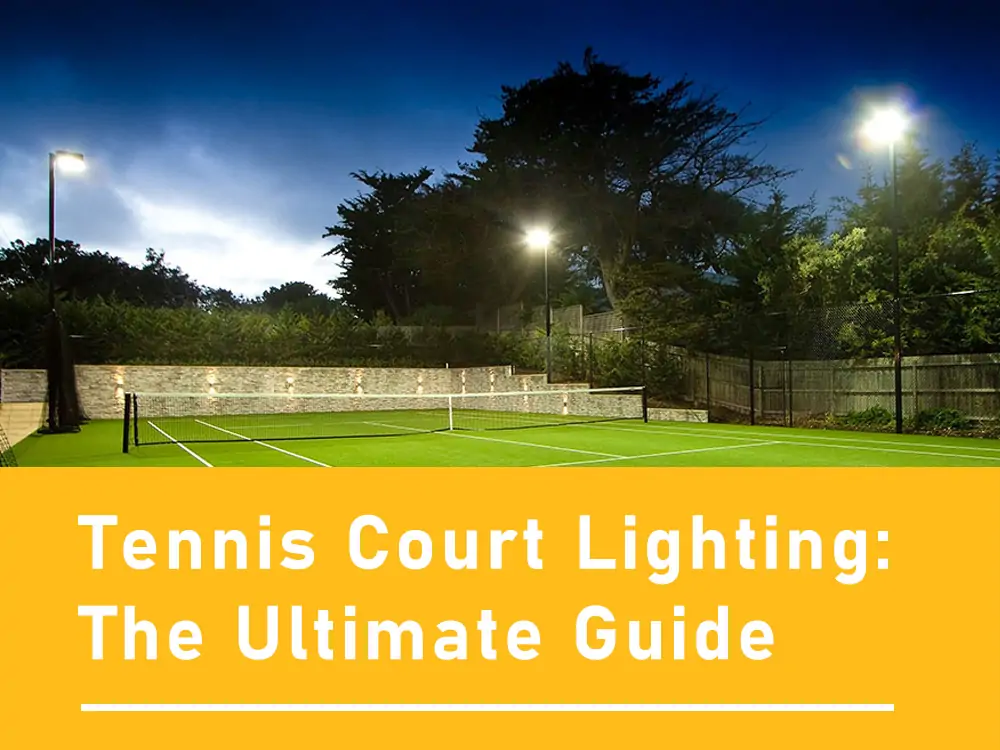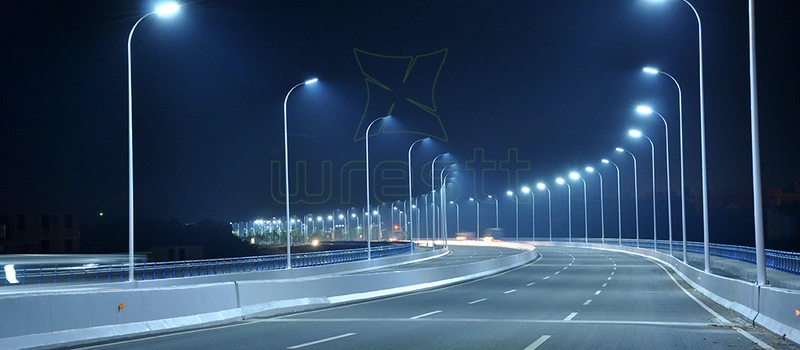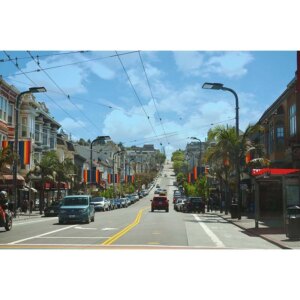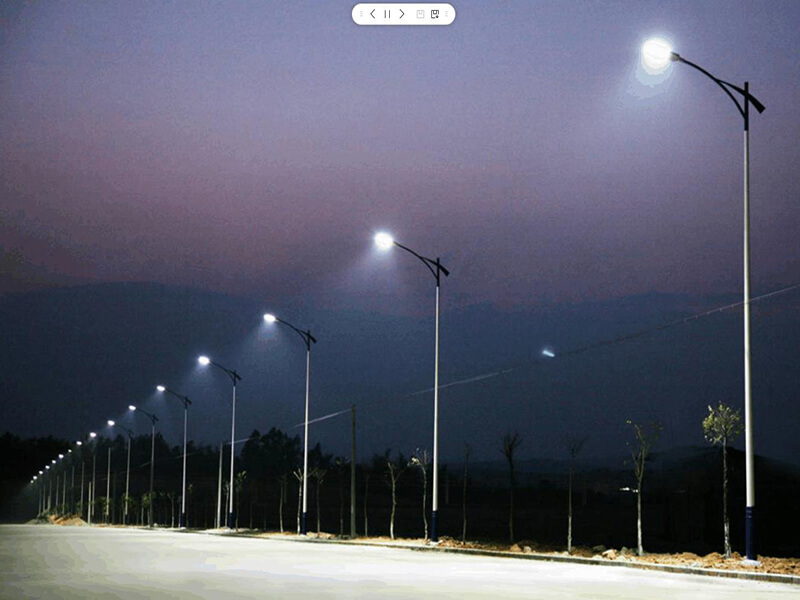Introduction:
Street lights, a ubiquitous feature of urban landscapes, ensure public safety. They enhance visibility during the nighttime. However, these lights emit artificial light extending well beyond the intended areas. Street light affects the natural environment, including plants and their growth patterns. Will street light affect flowering? This article delves into the potential impacts and how street lights affect flowering.
The Basics of Plant Growth and Flowering
Understanding how light influences plant growth and flowering under the street lamp is crucial. It unravels the effects of street lights on flora. Light is a fundamental factor in photosynthesis. It is a process in which plants use light energy to convert carbon dioxide and water into glucose and oxygen. They are essential for their growth and survival.
Street light effect also regulates plant development and various physiological processes, including flowering. Plants perceive light through specialized photoreceptor proteins like phytochromes and cryptochromes. They influence the plant’s growth, flowering time, and other aspects of its life cycle.
Will Street Light Affect Flowering?
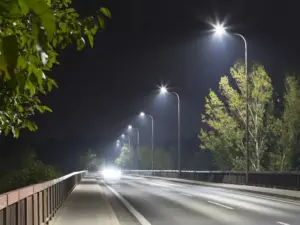
1. Natural Light and Flowering
Here is a brief for people who want to know if street lights affect flowering. In their natural habitat, plants rely on the natural cycles of sunlight and darkness. They use them to regulate their growth and flowering patterns. Sunlight provides the full spectrum of light, from ultraviolet to infrared. This helps plants utilize it for photosynthesis and other processes. The duration and quality of light and the presence of darkness are critical environmental cues that dictate when a plant will flower.
For many plants, the length of the dark period, known as the photoperiod, is a crucial determinant of flowering. Plants fall into three main categories based on their photoperiodic response. They are short-day plants, long-day plants, and day-neutral plants. Short-day plants flower when the day length is shorter than a critical threshold. Long-day plants require longer day lengths to initiate flowering. Day-neutral plants are not influenced significantly by day length, whether or not they are under the street lamp.
2. Artificial Light and Its Effects on Plants
Street lights, emitting white or yellow light, can disrupt natural light cycles for plants. Artificial light at night (ALAN) can alter the duration and intensity of darkness that plants experience. This potentially leads to changes in their growth patterns, including flowering.
-
Disruption of Photoperiod
The street light effect can extend the effective daylight period for plants. This tricks them into believing that the days are longer than they are. This alteration in the perceived photoperiod can impact the flowering time. It causes early or delayed blooming depending on the specific plant’s photoperiodic response.
-
Light Pollution and Plant Physiology
Light pollution from streetlights can interfere with the plant’s physiological processes. High-intensity artificial light can cause photoinhibition. It is a reduction in photosynthetic efficiency. It disrupts the balance between reactive oxygen species and antioxidants within the plant. These alterations can have cascading effects on the plant’s overall health and flowering ability.
-
Spectral Composition of Light
The spectral composition of artificial light often differs from natural sunlight. It can influence plant responses. Some plants are more sensitive to specific wavelengths of light. For example, blue or red light plays significant roles in regulating flowering. Changes in the spectral composition due to street lights can thus affect flowering in these plants.
3. Research and Findings
Scientific research has shed light on the relationship between street light effect and plant growth. This includes flowering patterns. Numerous studies have been conducted to understand how light pollution affects plant life in various ecosystems.
-
Case Studies on Specific Plant Species
Studies examining the impact of artificial light on specific plant species have revealed intriguing results. For example, research on urban plants around light post. It has shown altered growth patterns and accelerated bud break. This indicates a potential influence on flowering. However, the exact effects can vary based on the species, light intensity, and other environmental factors.
-
Experiments on Controlled Environments
Controlled experiments mimicking street light conditions in laboratories are conducted to see how street lights will affect flowering in plants. These studies often confirm that light pollution can disrupt the natural photoperiod. It subsequently influences flowering in various plant species.
4. Mitigating the Effects
Several strategies can be employed to mitigate the potential adverse effects:
-
Shielding and Directional Lighting
Implementing shields or covers on streetlights can help direct the light downward and reduce the spread of light pollution. The impact on nearby plants under the street lamp can be minimized by focusing the light on the intended areas.
-
Use of Low-Impact Lighting
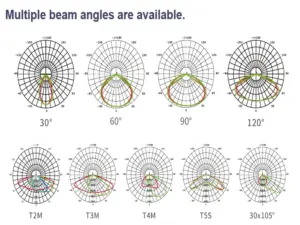
Utilize energy-efficient and low-impact lighting options, such as LED lights with appropriate color temperature and spectral composition. They can reduce the negative effects on plants and flowers around lamp posts while achieving the desired illumination for human safety.
As one of the best LED street light manufacturers, KANGLIGHT provides high-quality street lighting. The PISCES LED street lights strictly control the beam angle. They illuminate the road and control roadside plants (such as flowers) from light pollution.
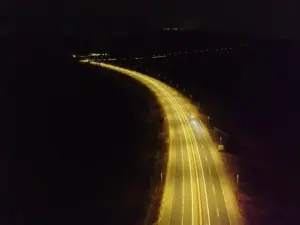
-
Lighting Regulations and Guidelines
Comply with lighting regulations and guidelines, considering potential impacts on the natural environment. For example, vegetation can balance human needs and environmental protection.
FAQs- Will Street Light Affect Flowering?
1. How do street lights affect the natural light cycles for plants and influence their flowering patterns?
Street lights emit artificial light that can disrupt the natural photoperiod plants rely on for flowering. The extended exposure to light can trick plants around light post into perceiving longer days. It may potentially lead to altered flowering times.
2. Can street lights cause changes in the spectral composition of light that affect a plant’s flowering response?
Yes, street lights often have a different spectral composition compared to natural sunlight. This alteration in light quality can influence the flowers around lamp post. Especially those sensitive to specific wavelengths that are crucial for flowering regulation.
3. Are certain plant species more affected by street lights than others in terms of their growth and flowering?
Yes, street light effect can vary based on the plant species. Some plants may experience altered growth patterns and flowering times. This is due to extended exposure to artificial light, while others may show minimal effects. It depends on the plant’s specific photoperiodic response and sensitivity to light.
4. How can the adverse effects of street lights on plant growth and flowering be minimized?
Mitigate the potential negative effects using strategies such as using shielding and carefully planning landscaping around light poles. Directional lighting and opting for low-impact lighting technologies also help. Lighting regulations that consider environmental impact can be implemented. It will help reduce light pollution and preserve natural light cycles for plants.
5. Is there scientific research supporting the claims about the effects of street lights on plant flowering?
Yes, numerous scientific studies have investigated the relationship. These studies have provided valuable insights into how light pollution can disrupt natural photoperiods. How street light effect flowering in various plant species, supporting the claims made in the article.
Conclusion:
Streetlights are essential for public safety and urban development. However, their artificial light can have unintended consequences on plant growth and flowering. Understanding how light influences plant biology is critical in mitigating these effects. It helps foster sustainable coexistence between urban infrastructure and the natural world.
Striking a balance is essential. It provides safe lighting and minimizes the ecological footprint on plants, which is essential. We hope the above information has answered your queries on “Will street light affect flowering.” If you have any further questions, please feel free to contact us.

